Yicong Yu
Spatiotemporal-Enhanced Network for Click-Through Rate Prediction in Location-based Services
Sep 20, 2022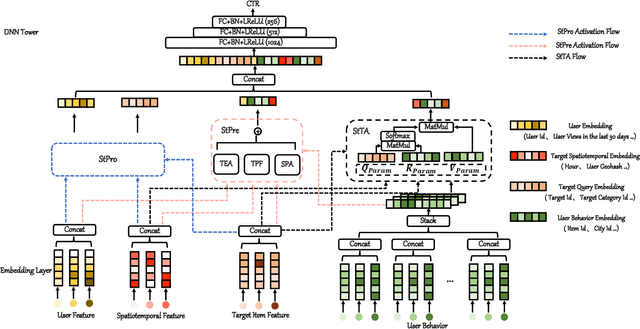
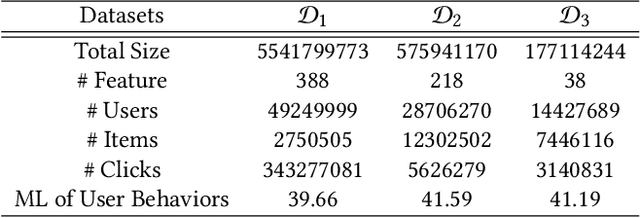
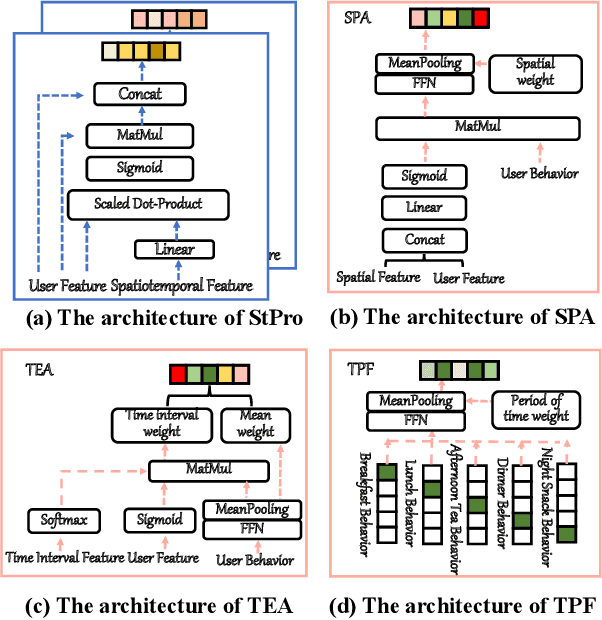
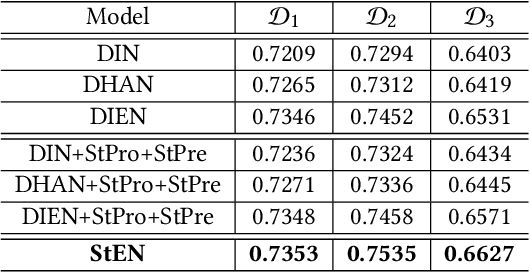
Abstract:In Location-Based Services(LBS), user behavior naturally has a strong dependence on the spatiotemporal information, i.e., in different geographical locations and at different times, user click behavior will change significantly. Appropriate spatiotemporal enhancement modeling of user click behavior and large-scale sparse attributes is key to building an LBS model. Although most of existing methods have been proved to be effective, they are difficult to apply to takeaway scenarios due to insufficient modeling of spatiotemporal information. In this paper, we address this challenge by seeking to explicitly model the timing and locations of interactions and proposing a Spatiotemporal-Enhanced Network, namely StEN. In particular, StEN applies a Spatiotemporal Profile Activation module to capture common spatiotemporal preference through attribute features. A Spatiotemporal Preference Activation is further applied to model the personalized spatiotemporal preference embodied by behaviors in detail. Moreover, a Spatiotemporal-aware Target Attention mechanism is adopted to generate different parameters for target attention at different locations and times, thereby improving the personalized spatiotemporal awareness of the model.Comprehensive experiments are conducted on three large-scale industrial datasets, and the results demonstrate the state-of-the-art performance of our methods. In addition, we have also released an industrial dataset for takeaway industry to make up for the lack of public datasets in this community.
Explainable Student Performance Prediction With Personalized Attention for Explaining Why A Student Fails
Oct 15, 2021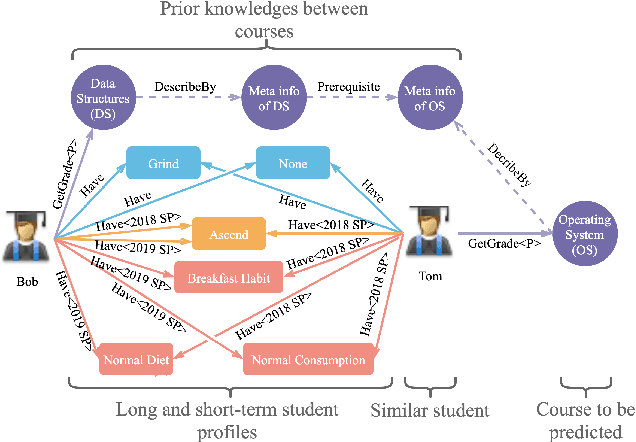
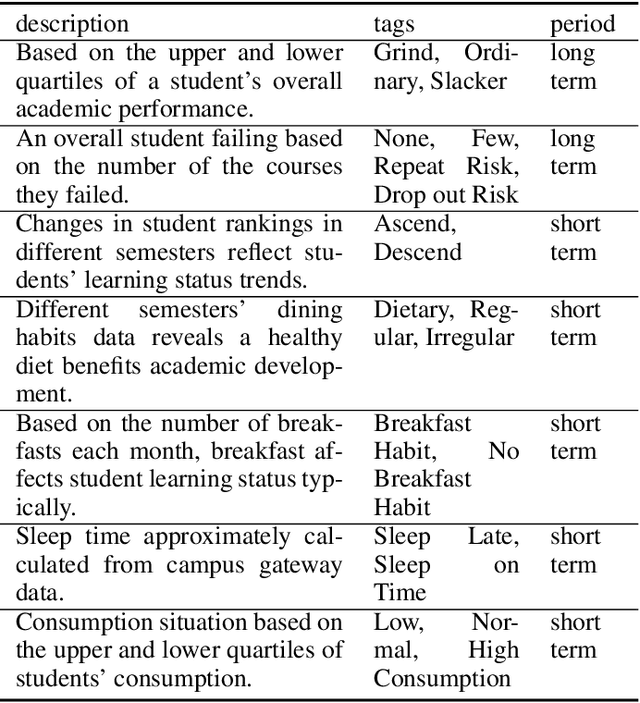
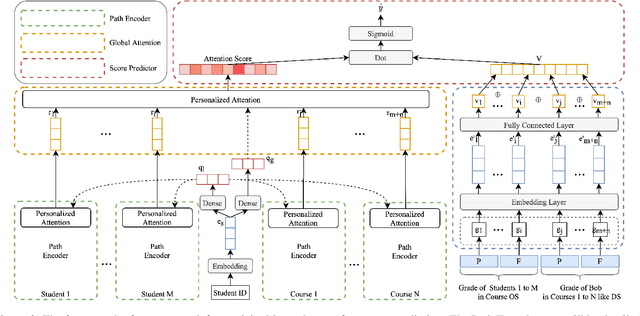
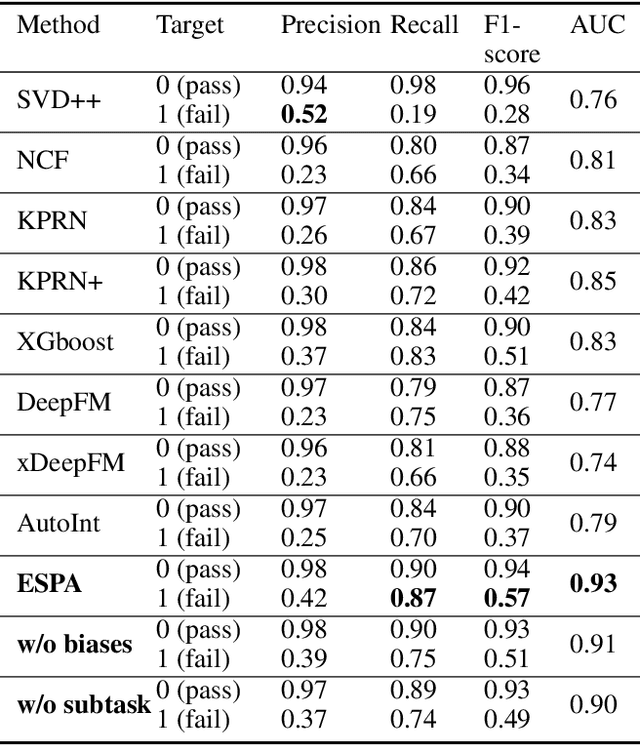
Abstract:As student failure rates continue to increase in higher education, predicting student performance in the following semester has become a significant demand. Personalized student performance prediction helps educators gain a comprehensive view of student status and effectively intervene in advance. However, existing works scarcely consider the explainability of student performance prediction, which educators are most concerned about. In this paper, we propose a novel Explainable Student performance prediction method with Personalized Attention (ESPA) by utilizing relationships in student profiles and prior knowledge of related courses. The designed Bidirectional Long Short-Term Memory (BiLSTM) architecture extracts the semantic information in the paths with specific patterns. As for leveraging similar paths' internal relations, a local and global-level attention mechanism is proposed to distinguish the influence of different students or courses for making predictions. Hence, valid reasoning on paths can be applied to predict the performance of students. The ESPA consistently outperforms the other state-of-the-art models for student performance prediction, and the results are intuitively explainable. This work can help educators better understand the different impacts of behavior on students' studies.
 Add to Chrome
Add to Chrome Add to Firefox
Add to Firefox Add to Edge
Add to Edge